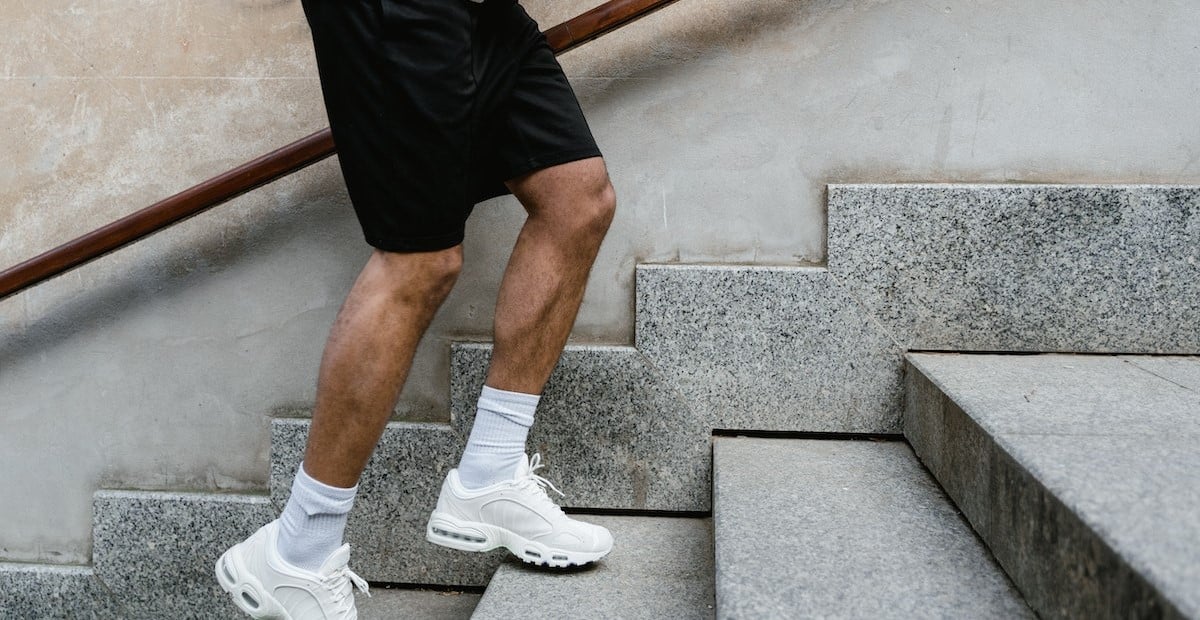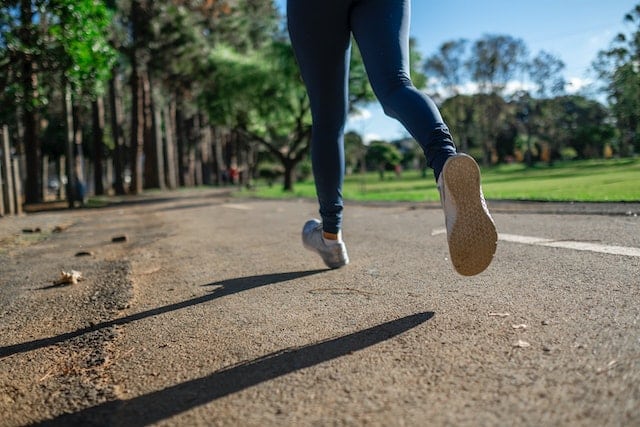
Contents
Stride length varies from runner to runner but increasing it increases time, distance and general performance
So what does it take to increase stride length and why should we really be doing it?
Running drills exist to improve stuff. That’s obvious, but if we’re wanting to improve our overall times, distances and biological fuel economy then we should be doing specific drills for specific outcomes.
Stride frequency is one thing we should aim for. Your running stride length will determine how much space you cover. While it’s true that shorter sides in sprinting can lead to better performances (less time off of the ground) for longer targets, again like time and distance, you’ll want to improve stride length, not stride rate.
In this article, we’ll break down some more specifics as to why this is a good thing, what it’ll help you to achieve and how you can get there.
Let’s do it.
Definition
”Stride length refers to the distance covered when you take a set of steps, one with each foot. It’s essentially the length, width, or amplitude of the distance you cover with one running stride that includes two steps, the right and the left.” – Runner’s Blueprint, 2020.
You may have the idea that longer strides are almost like a ship having a larger sail, but in reality, research has shown that smaller strides are generally better for you. Why? Well, it’s debated but many believe that a lesser stride length (defined as the same foot strike by strike distance. Opposed to SEO length which measures alternative foot landings) leads to faster performances and less fatigue.
However, many will be below the threshold at which their stride length is considered large enough. So let’s break down some simple tips to obtain a longer stride.
Faster pace
This simple and seemingly obvious solution will help you increase stride length by encouraging a stronger push-off with each step. Naturally, this leads to longer strides and more powerful kinetic action. Of course, overdoing this movement will lead to fatigue quicker so bear this in mind when you train – being below the threshold is one thing, but being above it can be just as bad.
The ‘Ideal Stride’
As noted by Runners Blueprint, a brilliant guide for all things running, you could take a methodically temporal approach to improve your stride length. This method requires a step of focus on running form so give it a go.
”Begin by setting your metronome at 190-200, then perform short intervals, 30 to 60 seconds long, running as fast as you can while focusing on a quick leg turnover. Take one full minute of rest between each interval, then repeat the process for 15 to 20 minutes.”


Conclusion
Getting your leg up in an age of global fitness isn’t always easy. There’s a lot of info out there conveying muddy and sometimes contradictory messages. If you want to be the best then only try to beat yourself, progress as you need to and learn as you want to. One of the first things to learn? Well, stride length is a great place to start.
FAQs
Do elite runners factor training dimensions like this one?
Absolutely. Like anything, the top tier practitioners a field with approach development meticulously.
Should I get my leg straight whilst trying to increase my stride?
No, having a slight bend is always going to be beneficial in most exercise so as to cushion any shock or vibration.